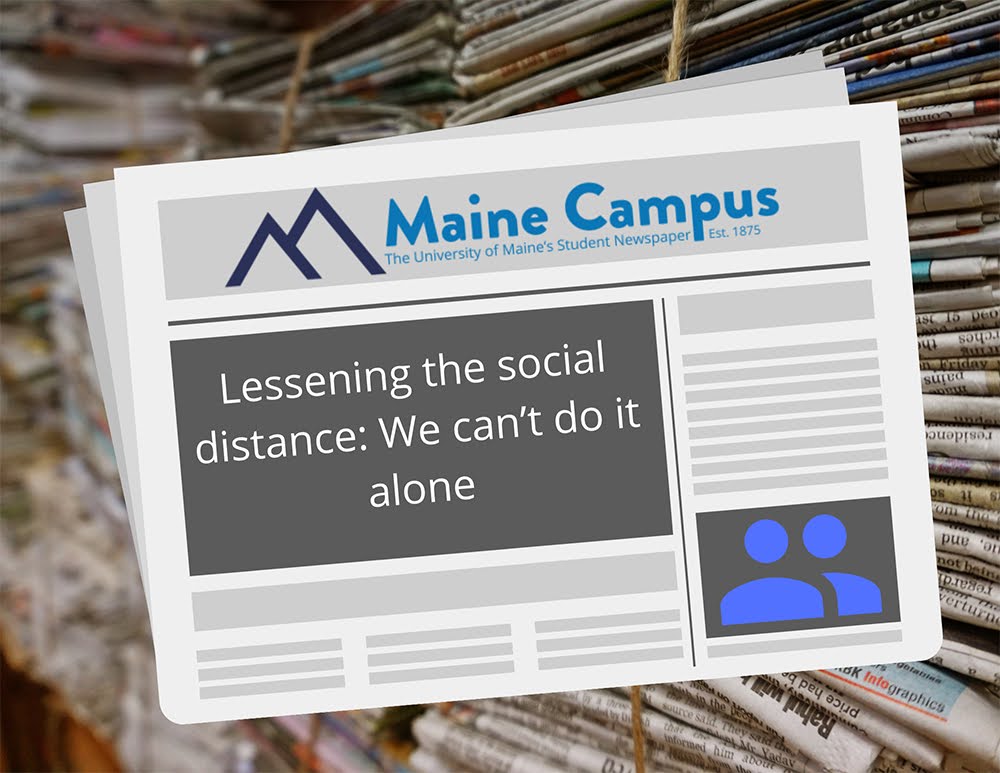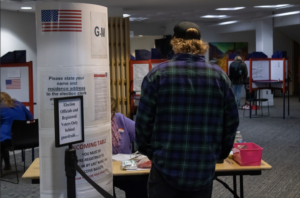For many people, joining groups, communities or organizations in-person is their primary form of social interaction. It can be an escape from a hectic day or a rough week. However, with the onset of the COVID-19 pandemic, our primary forms of socializing were stripped from us and left many feeling the impacts of isolation and lack of connection, both emotionally and mentally.
For obvious reasons, in-person contact has been limited due to COVID-19 transmission concerns, but the online alternatives may not be enough to sustain our need for peer interaction. Because of this, we are seeing a reduction or full disappearance of organizations and clubs as well as the socializing that comes along with it. In addition to this, there has been a large increase in mental health concerns, leading experts to connect the dots between mental and emotional well being and socializing.
“Face-to-face contact releases a whole cascade of neurotransmitters and, like a vaccine, they protect you now, in the present, and well into the future, so simply […] shaking hands, giving somebody a high-five is enough to release oxytocin, which increases your level of trust, and it lowers your cortisol levels, so it lowers your stress,” Psychologist Susan Pinker said, according to Medical News Today.
Data representing the average percentage of the U.S. population engaged in socializing and communication per day from 2009 to 2020 displays a large decrease in socializing over the past decade. Approximately 24.9% of men were engaged in socializing and communication everyday in 2020, only slightly less than female engagement at 29%. Compare these numbers to those of 2019, 31.6% and 38.5% respectively, and a downward trend becomes severely apparent.
The evidence for the decrease in human social engagement is further supported by data displaying the average amount of hours per day spent on socializing and communicating by the U.S. population from 2009 to 2020. Women spent an average of 0.56 hours per day communicating and socializing in 2020 while men spent 0.52, compared to 0.73 and 0.59 hours a day respectively in 2019.
Again, we are seeing a frighteningly large decrease in human interaction, leading many experts to wonder how this phenomenon will affect human behavior now and in the future.
During this pandemic, 56% of young adults, ages 18-24, report having symptoms of anxiety and/or depressive disorder according to KFF. Human interaction and socializing is an absolute necessity to function properly.
In order to stay safe without completely cutting out socializing, a larger range of solutions needs to be explored. Outdoor activities are a possibility as an alternative to indoor events. This will allow for more social distancing as well as having a less constricted space for germs to spread. More regular testing in the forms of at home tests could also provide a solution for attending larger events the day of, so that rather than waiting to get results from three days ago, you know right then and there if you are currently positive. Although these solutions are in place throughout many organizations, universities and clubs across the world, there is more to be done.
Providing activities and opportunities for people to interact gives a sense of normalcy that many people are craving during these times. Socializing and face-to-face interaction is essential for humans to not only function but to thrive. With the proper precautions taken in regards to COVID-19, utilizing any tools possible to bring humans together again should be a priority. This pandemic has made us realize more than ever that we need one another.









